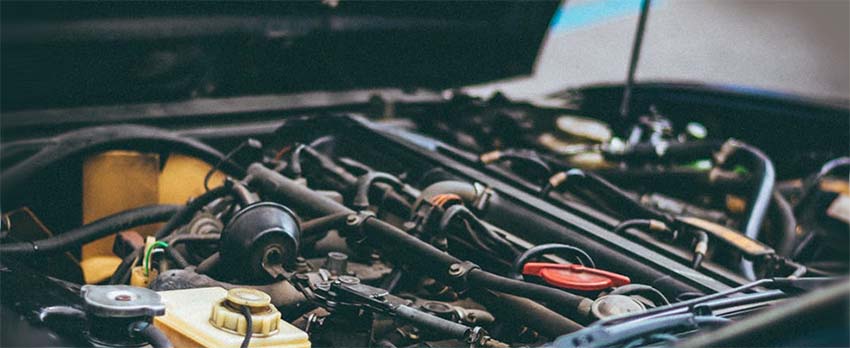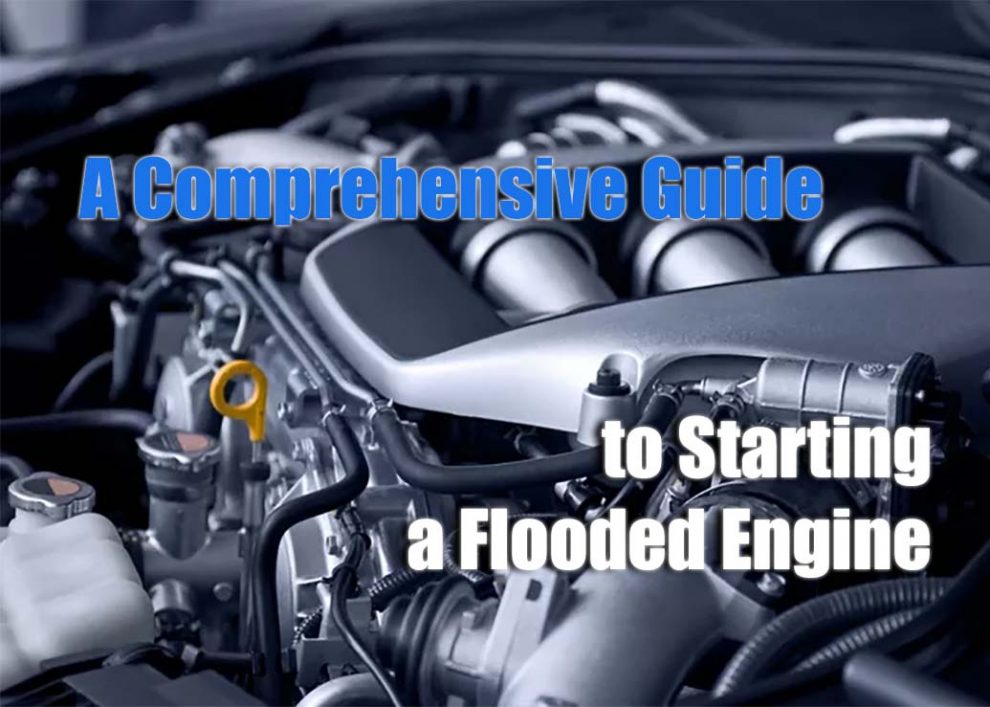A flooded engine is a common automotive problem faced by many car owners, regardless of the type or model of their vehicle. It occurs when there’s an excessive amount of fuel present within the engine’s combustion chamber to allow it to ignite properly. This phenomenon is referred to as ‘flooding’ because the excess fuel effectively drowns the spark plugs, preventing them from creating a spark to initiate combustion – a process that is fundamental for the engine to start and run. This issue can cause a range of problems, from difficulty starting the vehicle to potential engine damage if not addressed promptly and correctly.
Causes of a Flooded Engine
There are several reasons why an engine might flood, and understanding these causes can help prevent future occurrences. One of the most common causes is attempting to start the engine repeatedly without it successfully firing up. Each attempt introduces more fuel into the combustion chamber, which can eventually lead to flooding if the engine doesn’t start. Other causes can include faulty spark plugs that can’t create a sufficient spark, a bad temperature sensor that sends incorrect readings to the engine control unit, or a malfunctioning fuel injection system that allows too much fuel into the engine. In some cases, simply driving short distances frequently can also lead to engine flooding, as the engine doesn’t have enough time to reach its optimal operating temperature and burn off the excess fuel.
Symptoms of a Flooded Engine
Identifying a flooded engine early can prevent further damage and make the process of starting the engine easier. Common symptoms include a strong smell of gasoline, particularly from the exhaust, difficulty starting the engine, and a rough idle when the engine eventually starts. In some cases, you might even see fuel or black smoke coming out of the exhaust pipe. If you encounter these symptoms, it’s likely that you’re dealing with a flooded engine.
How to Start a Flooded Engine
Starting a flooded engine can be a somewhat daunting task, but with the right approach, it can be done. The most common method is the ‘clear flood mode’, which can be initiated by pressing the accelerator pedal to the floor and then attempting to start the engine. This action tells the engine control unit to stop injecting fuel into the engine, allowing the excess fuel to be burnt off. Remember to release the pedal once the engine starts to prevent it from revving excessively. If this method doesn’t work, you may need to replace the spark plugs or seek professional help.

Preventive Measures to Avoid Engine Flooding
Prevention is always better than cure, and this adage holds true when it comes to engine flooding. Regular maintenance, including timely replacement of spark plugs and maintaining the fuel injection system, can go a long way in preventing this issue. Also, avoiding frequent short drives and instead opting for longer drives can allow the engine to reach its optimal temperature and function effectively. Another aspect is using quality parts for your vehicle. For instance, using the best cold air intake for Honda Civic can enhance your engine’s efficiency and performance, making it less prone to flooding.
Importance of Vehicle Maintenance and Quality Parts
Regular vehicle maintenance and the use of quality parts are crucial elements in keeping your engine in good shape and preventing issues like engine flooding. Quality parts ensure optimal performance, while regular maintenance helps in early detection and rectification of potential issues. Investing in parts can significantly boost your engine’s efficiency and overall vehicle performance. Thus, it’s essential to give your vehicle the care and attention it deserves to ensure its longevity and reliable performance.
Conclusion
In conclusion, a flooded engine can be a stressful issue for any car owner. However, understanding what causes engine flooding, recognizing the symptoms, and knowing how to address the problem can make it manageable. Regular vehicle maintenance and the use of quality parts, can not only prevent engine flooding but also significantly enhance your vehicle’s performance. Ultimately, being equipped with the right knowledge and tools can ensure that your vehicle remains reliable and efficient for a long time. So, the next time your engine floods, remember not to panic – understanding the problem is the first step to an effective solution.


Add Comment